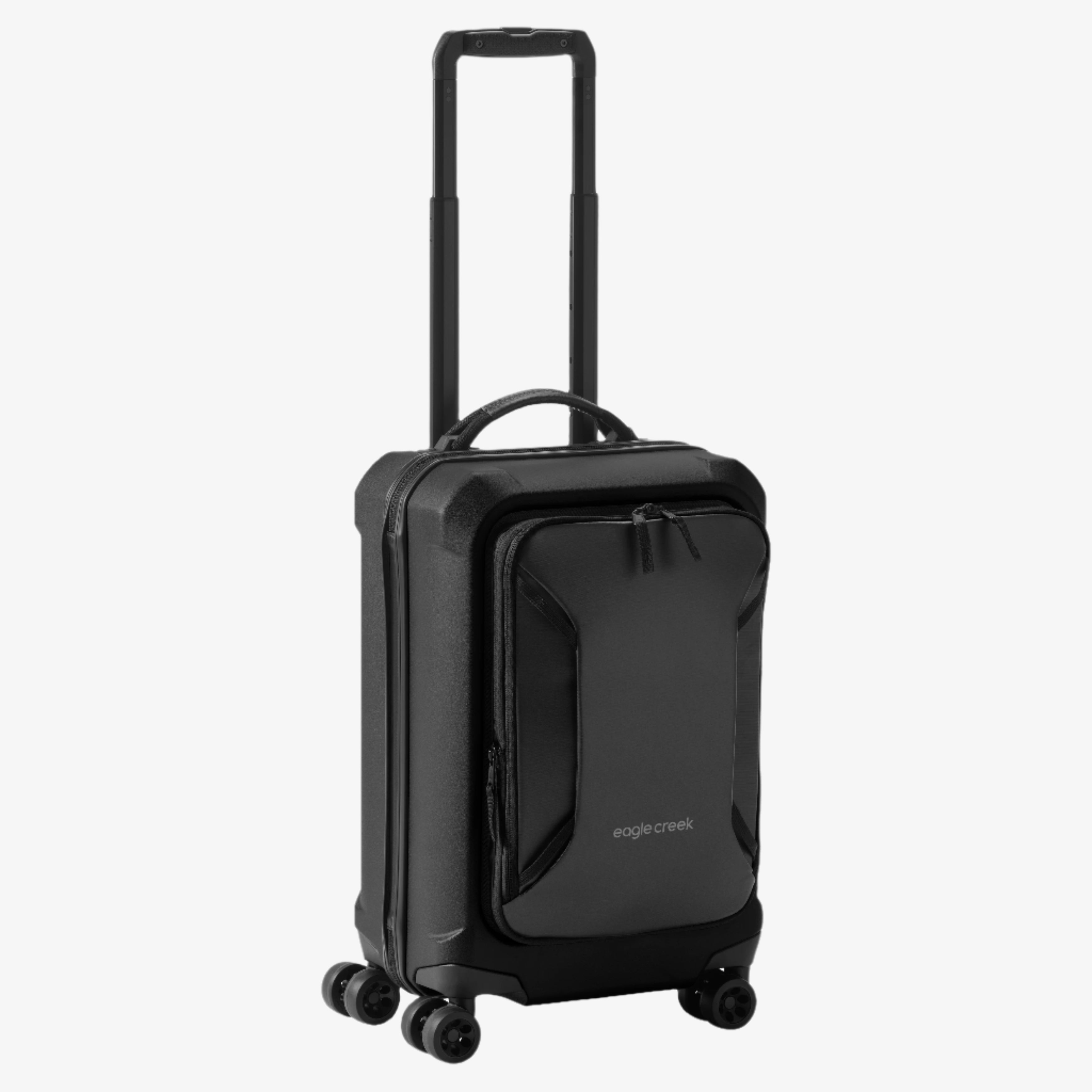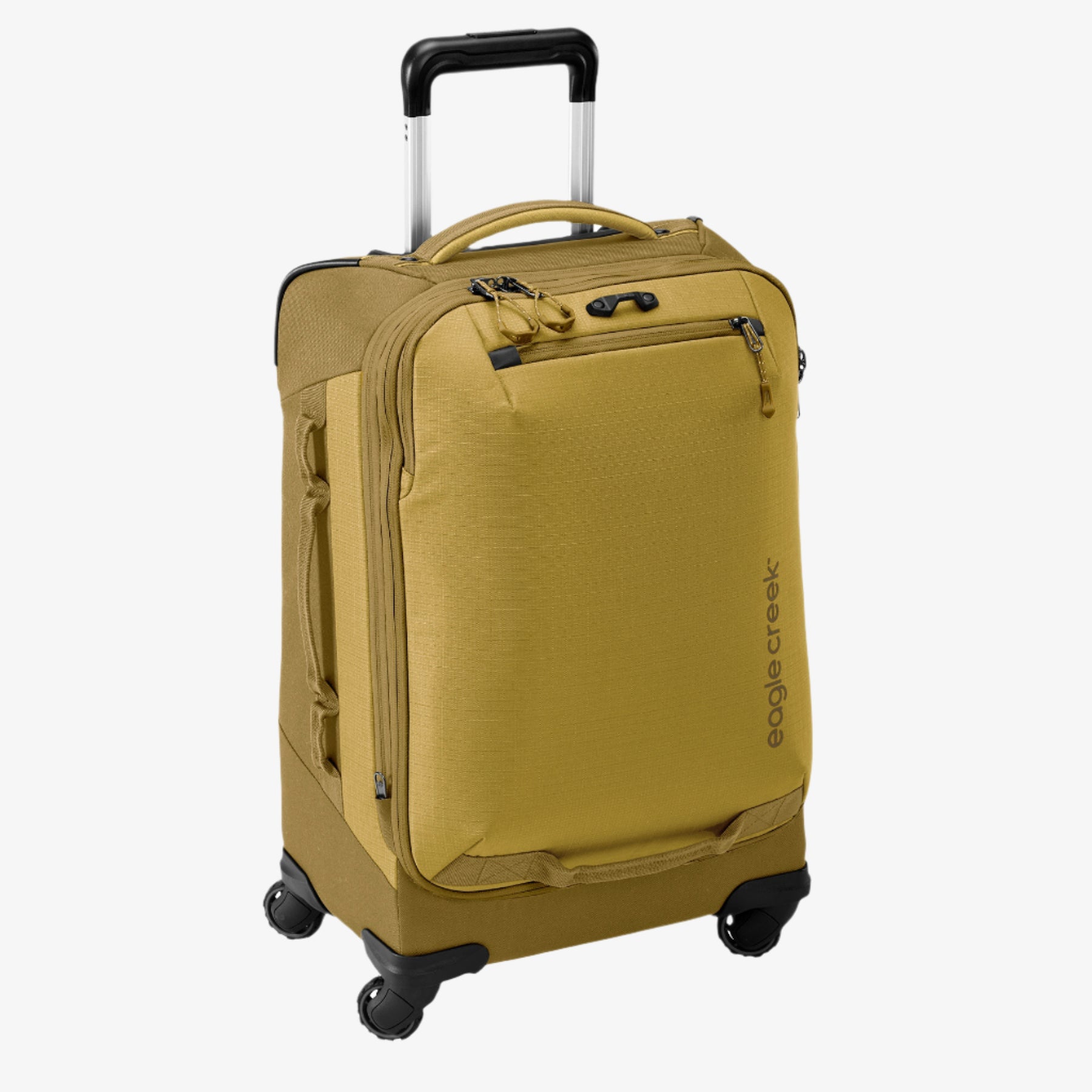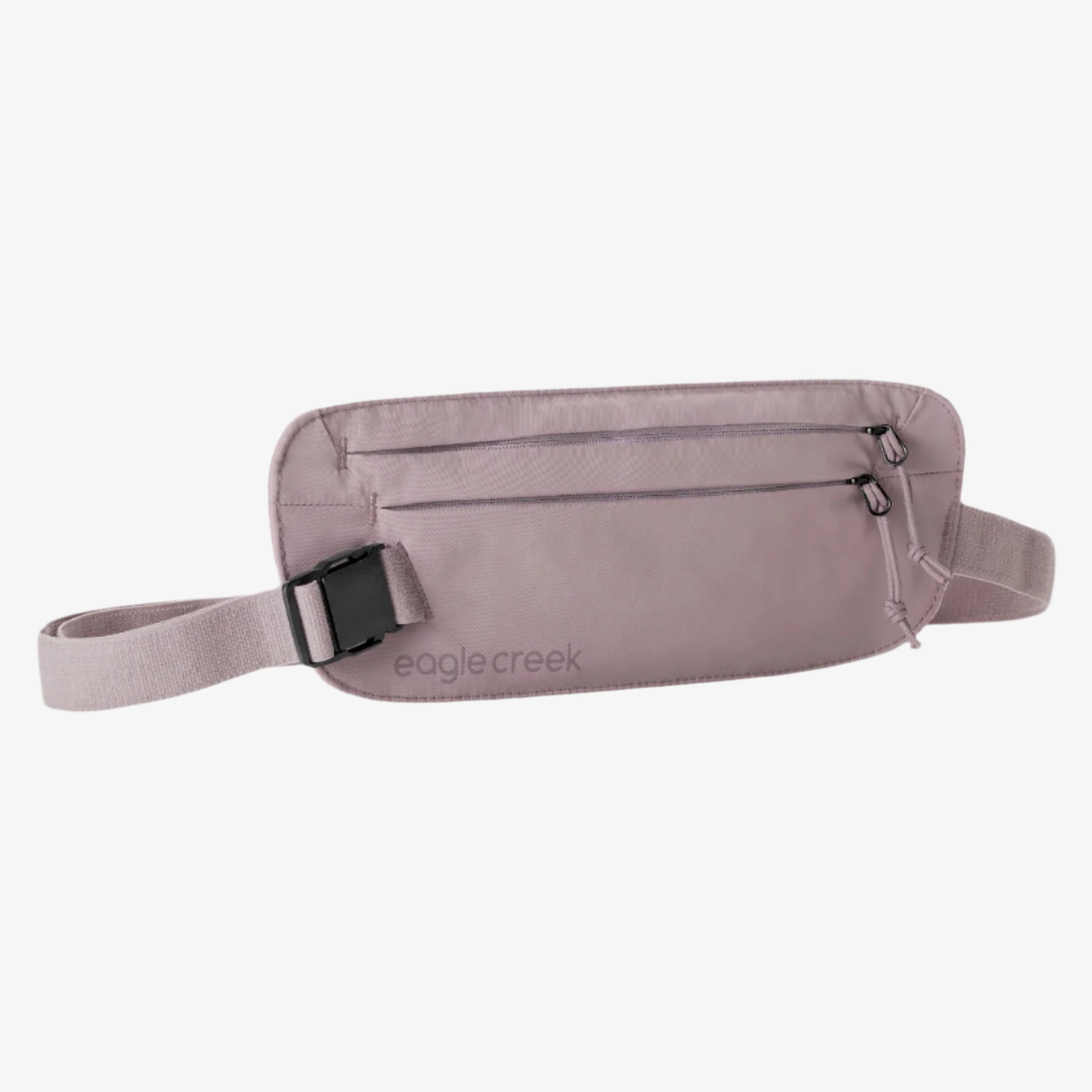
Air travel accounts for two percent of all carbon dioxide emissions from fossil fuels. Reduce the carbon impact of your travels with these six strategies.
Responsible travelers realize their flight comes at a cost—to the environment. Just one round-trip flight between New York and California can generate as much as 20 percent of the greenhouse gasses your car emits over an entire year, so taking steps to minimize your air travel carbon footprint is crucial. Here are six ways you can reduce the impact of your next trip.
1. Take Public Transportation
The most obvious way to reduce your air travel carbon footprint is to avoid flying altogether. Instead, use public transportation, such as the bus or train, to get to your destination. If your travels take you overseas, take a boat across and rely on public transportation once you get there. For example, you can take a train from Paris to Rome instead of flying.
If you do have to fly, minimize the impact by taking public transportation to and from the airport. Not only does public transportation cost less than taking a taxi or rideshare, it reduces your travel carbon footprint. Carry any essentials in a waist pack for easy access on public transportation—and by choosing sustainable gear you doubly increase your carbon-neutral behavior. Stash waist packs feature eco-friendly bluesign® approved materials and 100% recycled 200D Poly lining.
2 . Book Direct Flights
Fly direct whenever possible. Taking off burns more fuel than flying at cruising altitude, so the fewer stops you make to your final destination, the better. Also, consider combining separate regional trips to cut down on the number of flights you need to book.
Business travelers can also reduce their air travel carbon footprint with the same strategy. Rather than making multiple business trips, combine several into one extended trip. Then, take public transportation between destinations.
3. Fly on Newer Planes
When booking flights, take note of the type of aircraft you’ll fly on. Newer aircraft, such as the A320neo and the Boeing 787 Dreamliner, are more fuel efficient and have less of a carbon footprint than older ones. (The A320neo is roughly 15 percent more fuel efficient than a standard Airbus A320, and the Boeing 787 Dreamliner is 20 percent more fuel efficient than the Boeing 767.)
Also, look for flights with high density seating. What these flights lack in extra legroom, they make up for in efficiency by transporting more travelers in a single aircraft. Seating matters as well when it comes to class. Economy seats theoretically leave less of a carbon footprint when flying because business and first class take up three to four times more space.
4. Pack Light
The heavier an aircraft’s load, the more fuel it will use and the larger its subsequent carbon footprint. Lighten the load by packing less. Savvy travelers can everything they need for a week or more into a carryon like the Gear Warrior 4-Wheel Carry On using a few simple packing strategies, while others can squeeze what they need for a trip in a backpack, traveling with only an under-the-seat bag along.
Even a few pounds less can make a huge impact. If 100 passengers packed just 10 pounds less luggage on their next flight, the aircraft’s load would be 1,000 pounds lighter.
5. Go Paperless
Downloading your boarding pass to your mobile phone instead of printing it out saves paper and, in turn, trees. Make a point to always download your boarding pass, and show others how to do the same. It’s a small gesture, but if everyone did it, it would make an impact.
These strategies can help lessen your environmental impact in general whether you’re flying or not.
6. Offset the Impact
If you fly, you can offset the carbon footprint monetarily. Many major airlines, including Delta, JetBlue Airways, and British Airways, provide you the opportunity to pay a carbon offset fee, which is often used to plant trees. (Trees filter carbon dioxide out of the air and replace it with oxygen.)
You can also calculate your flight’s carbon impact and donate directly to the environmentally-friendly organization of your choice. Use the International Civil Aviation Organization’s air travel carbon footprint calculator to find out just how much you should donate.
No matter how you travel, take a sustainability-first approach in not only how you fly, but also how you plan , pack , and execute your trip .
Related Links (from Eagle Creek blog):
How to Make Your Travel More Environmentally Friendly






































